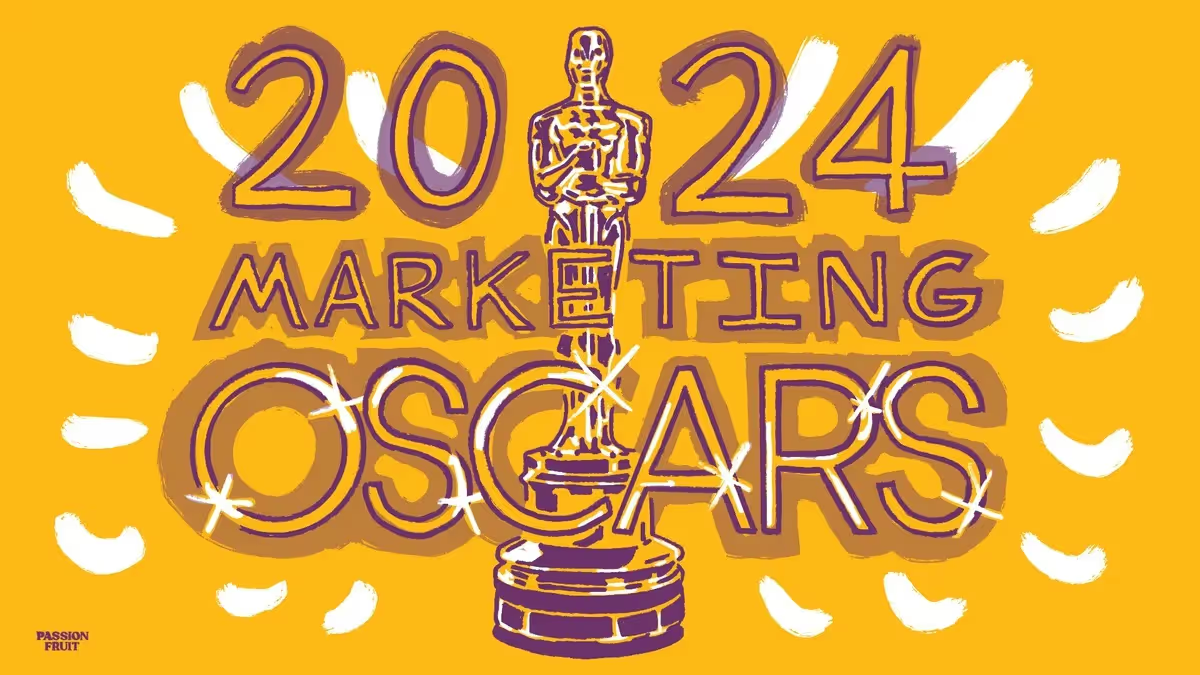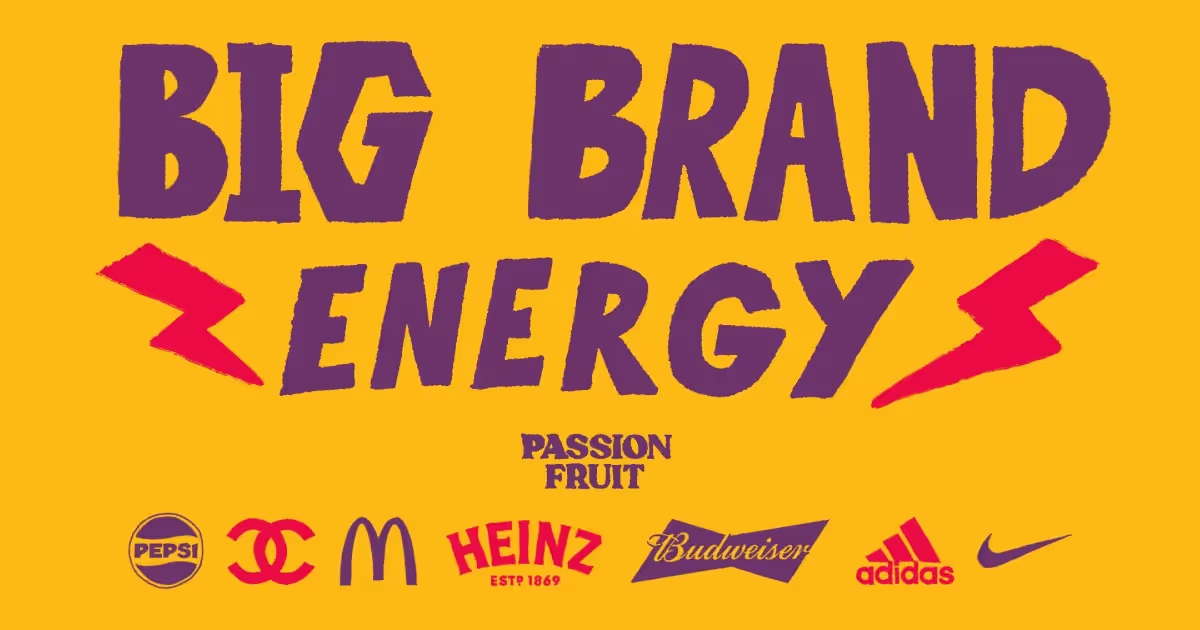Once upon a time, companies such as Ben and Jerry’s and Patagonia were seen as anomalies. Articles from 2010 describe them as pioneers for having “social responsibility” at their core, and a commitment to "give back" to society.
Just over a decade later, these types of companies seem like the rule, not the exception. LGBTQ+ Pride month has got all the usual suspects reskinning their logo to a bright colour spectrum, posting on social media about their commitment to some nebulous “diversity” agenda and using celebrities to rainbow-wash their brand. The peak of Black Lives Matter last year saw almost every big brand make a substantial donation to projects designed to support African American communities across the US, and - in some cases, not all - agree to greater transparency with regard to the racial composition of their executive leadership.
Let’s be clear, these are not mission driven companies. These are profit-driven companies for whom alignment with a mission helps to drive bottom line results.
We spoke with Sam Feinburg, COO of Helena, to flesh this out for us in more detail. For context: Sam describes Helena’s mission as “looking for solutions to big problems in the world that we think are credible and implementable. And then, rather than writing a paper, we just try and implement those solutions.”
They’ve set up everything from global carbon capture projects, to software platforms that helped combat the CV-19 pandemic, to famous civic engagement events like America In One Room. Their approach is unique: “We have a group of about 150 people that we call Helena members, who are world class at each of those different domains; people that are Nobel Prize winning scientists in a specific field, or who used to run branches of the military, or the government, or whatever it might be. We work with them to help us source the creativity behind the ideas, but also the operating assets to actually implement these solutions, or give it our best shot at implementing them.”

For Sam, the starting point for this debate around mission driven companies is an old Charlie Munger quote: “Show me the incentive, and I'll show you the outcome.” In this light, Sam asks, “what is the incentive for businesses? Because the way that we've currently structured it, ultimately, it's to make money for the owners of the business, and to create shareholder value.”
Nowadays, a lot of companies seem mission driven. But that’s simply because executives see the research evidence that a brand’s attitude to social justice, or climate change, or any such cause, meaningfully impacts consumer sentiment. Beyond their buyers, companies are incentivised to layer on missions to their business for internal PR, employee satisfaction and happy Slack groups.
As Sam puts it:
“When your organizing function is profit, you get pulled in that direction, almost automatically. The reason why companies are hijacking or employing themes of social good, is because they’re going to see some business activity as a result. Does Volkswagen really believe in LGBTQ+ equality, for example? You see them putting the logo up in some places, but not in Dubai... If they really believed in this, and they were earnestly wanting to campaign for this issue, wouldn’t they do it everywhere?”
The pivotal difference between performatively mission driven companies and meaningfully mission driven companies is whether there is alignment between profit maximisation and positive social good. For Sam, these are companies where, “if they go public, and some activist hedge fund comes in, buys 5% of the company, and says, ‘you've got to change this’, they really don't have a basis for changing it, because it's a business practice that's actually helping generate profits for the company.”
Being a mission driven company means inserting a do-good-for-profit filter within the service or product itself. As Leif Abraham, co-CEO of Public.com, puts it, “the mission has a direct impact on the company and product. The product gets better as a result of the mission.” Proportionally, there aren’t many companies that are set up this way: if we look at conventional investment dollars vs impact investment (investments made into companies, organizations, and funds with the intention to generate a measurable, beneficial social or environmental impact alongside a financial return.) over the past decade or so, one dwarfs the other:

Nonetheless, given that 2020 saw performance predictions reach a tipping point - where more investors believe in impact investing than conventional investing - so too will the proportional amount that is put into mission driven businesses.

One of the biggest challenges for this forthcoming group of new businesses is communicating their grand mission in simple terms; terms which speak plainly to people’s needs, wants and desires. Look at how CEO of SunRun Lynn Jurich has done this: “We're taking a different approach, which is, independent of your view on climate, we can offer you a better lifestyle and meet carbon emission goals. If you look at what we can create for a household, it's an average of $1,000 to $2,000 of savings. So you don't have to be a climate warrior to adopt these products.”
No matter your business model, clear value-add communication and marketing is doubly vital to the success of mission driven startups. So let’s look at the marketing at five of the most exciting players in this space.
Emitwise
Mission: Emitwise empowers companies to automatically measure, report, and reduce their carbon footprint in real-time.
Funding: $6.6m
Founders: Benjamin Peddie, Eduardo Gómez, Mauro Cozzi
For this type of B2B company, the primary growth engine is doubtless sales along a protracted funnel. So, the question for Emitwise becomes: what tools are they using to enable conversion through that sales cycle? One touch point which needs attention is the website. There are two CTAs right beside one another, and it remains busy the whole way down the page - it’s hard to get any purchase on what Emitwise does or indeed what it wants you to do next.
It’s equally challenging to understand the benefits of Emitwise. An article announcing their recent seed round speaks of four benefits much more comprehensively than the company’s own product marketing. We would challenge Emitwise to create a single overriding communications objective - what is the one aspect or feature of their product, compared to their competitors and the wider industry, which needs to be celebrated?
Creating a hierarchy of key messaging in this way is even more important as, in the words of their co-founder Mauro Cozzi, the next step “is moving from assisting single customers within a restricted number of regions to transforming entire organisations with global supply chains.” Scaling in this way is only possible with these core pieces of the marketing jigsaw in place.
Beyond the fundamentals, there’s room for improvement across their content marketing - a vital part of the marketing mix for long sales cycle businesses; just as we heard from Perchpeek and Habitual. Twitter is the right social channel to engage in conversations, but it is limited by design. Take a recent Tweet which asked “Is 2021 the turning point in fighting #ClimateChange?”. Rather than three reasons which an average pundit could have supplied, Emitwise should take the opportunity to showcase the depth of their understanding.
In the medium to long term, they will reap top and mid-funnel rewards by providing thought leadership beyond sharing polls, comments on other articles and top-line insights. A newsletter, podcast, or YouTube channel is the most straightforward and efficacious way to become more vocal.
Evidently, this is a brilliant, urgently-important business, and one that is only at the start of marketing its potential.
Green Stars: 💚
Queen of Raw
Mission: A marketplace for fashion brands and retailers to buy/sell unused textiles, keeping them out of landfills and turning pollution into profit
Funding: $1.5m
Founders: Phil Derasmo, Stephanie Benedetto
There aren’t many better value props than “turning pollution into profit”. The team at Queen of Raw demonstrate a formidable grasp of the solution they are providing, and have even managed to quantify it succinctly so anyone can grasp how much of a difference their purchase makes: “1 yard saves 700 gallons of water”.
Tight product marketing like this means it’s no surprise to find a YouTube channel alive with co-founder Stephanie Benedetto sharing her wisdom and engaging with thought leaders across the textiles industry - she clearly knows the space inside out. This earnest obsession with the mission will serve Queen of Raw well as the category becomes more crowded and suppliers are spoilt for choice; with LVMH recently launching their own deadstock platform - Nona Source.
It’s a category still in the adoption phase, so there’s still room for multiple winners. But given Nona Source’s practically identical product, Queen of Raw would do well to prepare for a more competitive future by starting to compete harder on their brand and community moat. First up is a brand identity refresh, which we’ve written about here in the past, and having that new look rolled out across their website and Instagram; although it's a well populated channel, it lacks the visual coherence and cohesion which its rivals know how to engineer.
A stronger brand will lubricate their primary growth engine, which will be content all the way.
We’d love to see them double down on their YouTube to create more series-led, narrative content that creates conversations around their mission. Crucially, from a cost perspective, this doesn’t have to be highly produced. In fact, as Michael Sladden of MOB Kitchen reminded us recently, lo-fi content seems to be the way forward if you look at ROI metrics. The publicity off the back of doing this well would give Queen of Raw a platform to improve link-authority and maintain its SEO dominance…
Holding on to first place in an increasingly competitive race is an exciting challenge ahead for Queen of Raw - the sooner they assume content marketing as their growth engine, the stronger their chances of success.
Green Stars: 💚💚
Tree Card
Mission: Treecard lets you reforest the planet as you spend.
Funding: $6.2m
Founders: Gary Wu, James Cox, James Dugan, Peter Francis
Someone somewhere at Treecard is very good at marketing. You can take any touch point you want, but let’s start with the basics. The brand strategy is clear, the brand identity cohesive, the rollout across the website and social channels coherent… I could go on but you get the picture. There’s every chance that being “Powered By Ecosia” means an atypical budget is driving this excellence, but in truth it doesn’t matter. When you’re running events and getting love from your circa. 10k Instagram audience before you’ve launched your product, your platform for success is about as solid as can be.
The question for Treecard is: how do they grow from here?
I haven’t seen their pitch deck but a back-of-napkin TAM which is “Financial services for eco-conscious people” must be a number that is quickly too large to fit on the back of a napkin. As Lenny Rachitsky has explained, virality beckons for a product that is remarkable (wooden bank cards?!) and inherently better when shared between friends. It’s all about how many new users each existing user begets. First and foremost then, Treecard’s task is to create optimal conditions for that kind of virality.
No doubt from a feature perspective, we’ll see things like free transfers between Treecard customers, “green” tickets inviting a la Monzo (i.e. even more trees planted the more you evangelise the product). As it relates to marketing, Treecard should be looking at three top line partnership approaches to get their growth flywheel turning:
- Creators: leverage the community-powered support of eco-focussed influencers with high engagement - you can use this tool to get the up-to-date engagement metrics.
- Companies: create affiliate deals and referral agreements with companies like Sam Smith’s Pot Gang where both sides can benefit from each other’s network.
- Customers: make it easier and more attractive for customers to become stewards of the brand by celebrating user-generated content on official channels and providing additional product perks (better rates? bigger overdraft?) for “true fans” of Treecard.
Done correctly, and combined with the wealth of high-authority publicity this kind of mission driven brand will generate, that virality will deliver the foundations for SEO; which will be much needed in the highly competitive financial services category.
It’s a hard sector in which to make any real, long-lasting inroads, but if anyone seems able to do it, it’s a determined, much-loved startup like Treecard.
Green Stars: 💚💚💚💚
Package Free
Mission: Package Free is a retailer that sells products which help people to live a zero or low-waste lifestyle.
Funding: $12.5m
Founders: Lauren Singer
It’s no surprise to find that the marketing roots of this business are water tight. A “Day 1” blog post from founder Lauren Singer lays out the brand strategy with clear conviction: “I created Package Free Shop because I believe that as consumers we all should have convenient access to products that help us reduce our environmental impact.” The passion driving that clarity of thought is on show in Lauren’s TED talk, as well as her “Trash is for Tossers” YouTube channel… What’s most impressive, though, is her ability to translate her raw energy into a best-in-class marketing machine.
Its growth has long been powered by a dual growth engine of content - half a million Pinterest views a month, half a million Instagram followers, a quarter million YouTube subscribers - and more recently performance marketing; which it had never done before 2019. This is a neat playbook for marketplace or commission based businesses - your paid media will work so much harder if you’re starting from a strong content-driven base. Occasional turbo boosts (another Rachitsky-ism) of high-authority PR and New Yorker-worthy events run by luminaries like zero-waste chef Douglas McMaster combine for top-level SEO, completing a textbook approach to growing out your business from scratch.
Some of its other product marketing flourishes are intelligent - Package Free values its community so much that customers can earn reward points for engaging with the company on social media or subscribing to its newsletter - others are genius: Package Free actually charges vendors a percentage of the shipment if the shipment arrives with plastic, and increases that percentage on the second infraction. (Talk about ‘show me the incentives and I’ll show you the outcomes’!)
Lauren Singer, Jasmine Kaur Reynolds, Tiffany Luk, Nina Haines and the rest of the marketing team at Package Free, we salute you.







